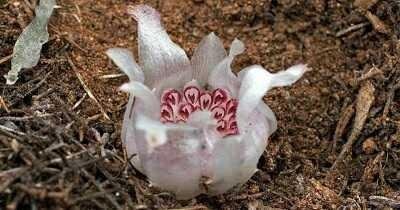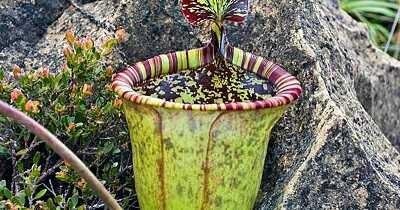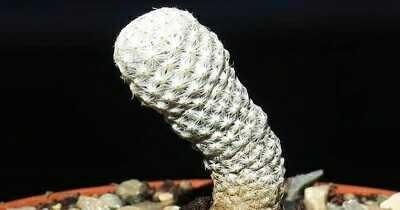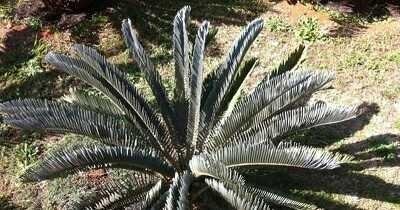The rarest plant in the world
Not only for animals, the predicate of the rarest is also owned by some plants in the world. The International Union for Conservation of Nature (IUCN) even classifies the following crops as endangered.
Some of these plants live in remote areas that are difficult to reach by humans. However, habibat damage and poaching resulted in the plant becoming increasingly rare in the wild. What are the plants?
- Attenborough's pitcher plant
First, there is a plant with the Latin name Nepenthes Attenboroughii or called Attenborough's Pitcher. This plant lives in an area that is quite difficult to reach that is in Mount Victoria, Palawan, Philippines. The number of Attenborough's Pitcher Plant is estimated to reach only hundreds.

Attenborough's Pitcher is a plant belonging to a carnivore or a meat-eater. This plant traps a small animal and a bowl filled with a liquid called a pitcher. This is the largest type with size reaching 30 cm. Not only insects, Attenborough's Pitcher also often kills rats.
- Suicide Palm
It is the largest palm tree found in a remote part of Madagascar. Suicide Palm lived about 50 years ago and blooms only once during its life.

The plant was first discovered in 2005 by a cashew plantation manager during his family vacation. Suicide Palm can grow as high as 18 meters and the width of the leaves can reach 5 meters. There are only 90 trees in the wild.
- Orchid Land
Plants with the Latin name Rhizanthella Gardneri has a uniqueness that grows in the soil surface. Usually orchid plant attached to other media such as tree trunks and rocks.

Soil Orchids are found only in western Australia. This plant lacks chlorophyll because it can not absorb much sunlight like most other plants. Instead, Orchid Land gets the nutrients from the surrounding bushes.
It is estimated, there are only 50 Orchid Land in Australia. Although not yet listed in the IUCN but the western Australian state rate this plant is very rare.
Golf Ball

Golf Ball or Mammillaria Herrerae, found only in the mountains of Queretaro, Mexico. This plant appears to belong to a wild cactus species. The population in 2014 has declined by 95% over the past 20 years.Venda Cycad

Tanama is only found in the province of Limpopo in South Africa. This plant is said to be a new species in 1996. For now the population of Venda Cycad is known to have become extinct in the wild